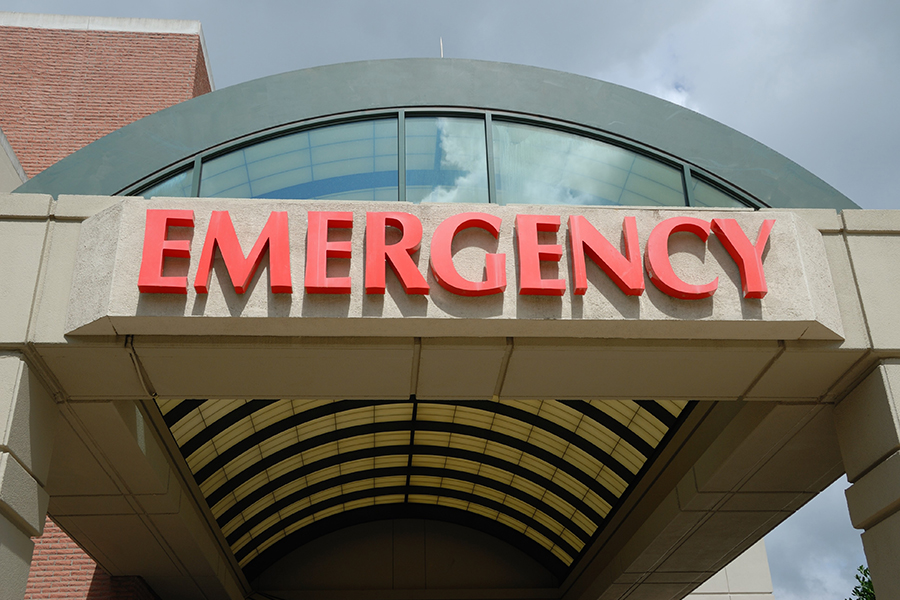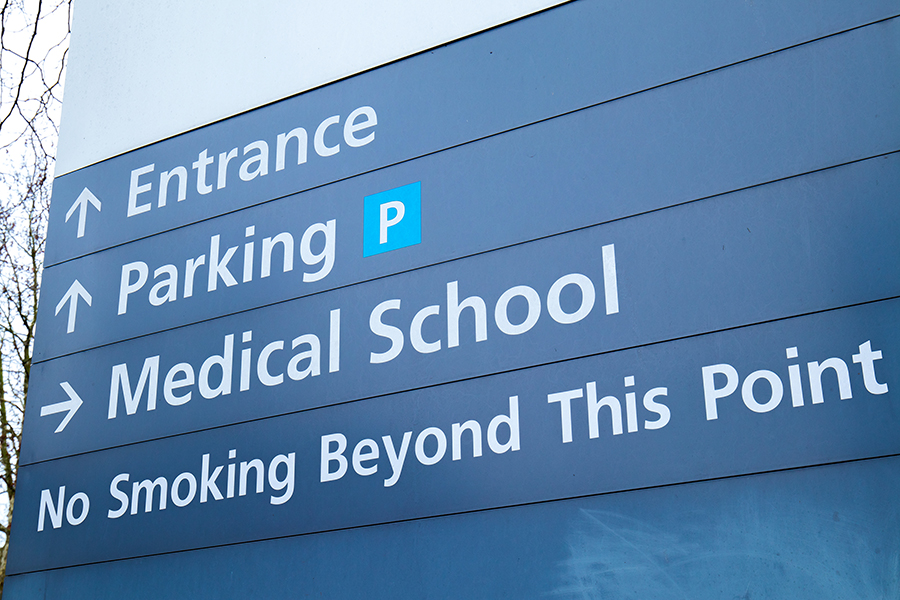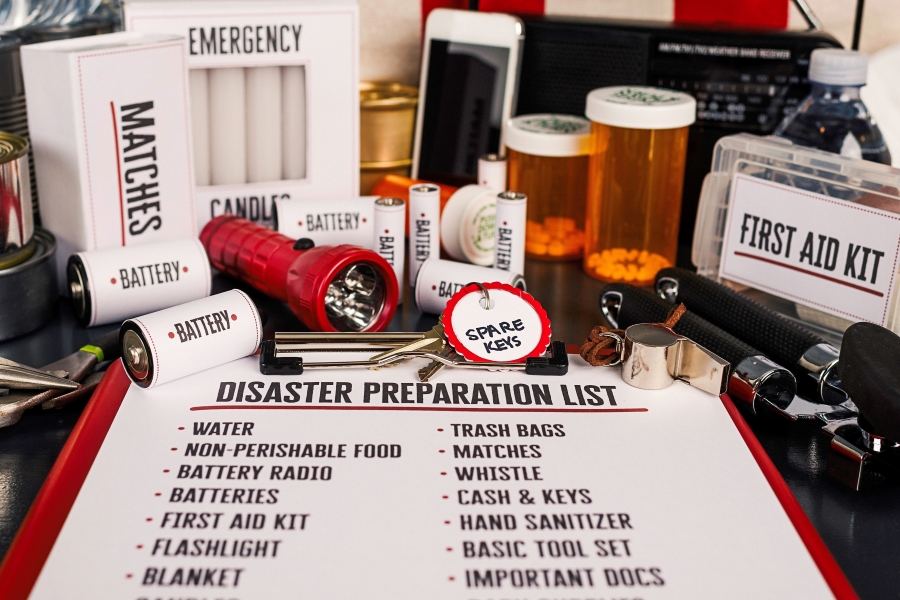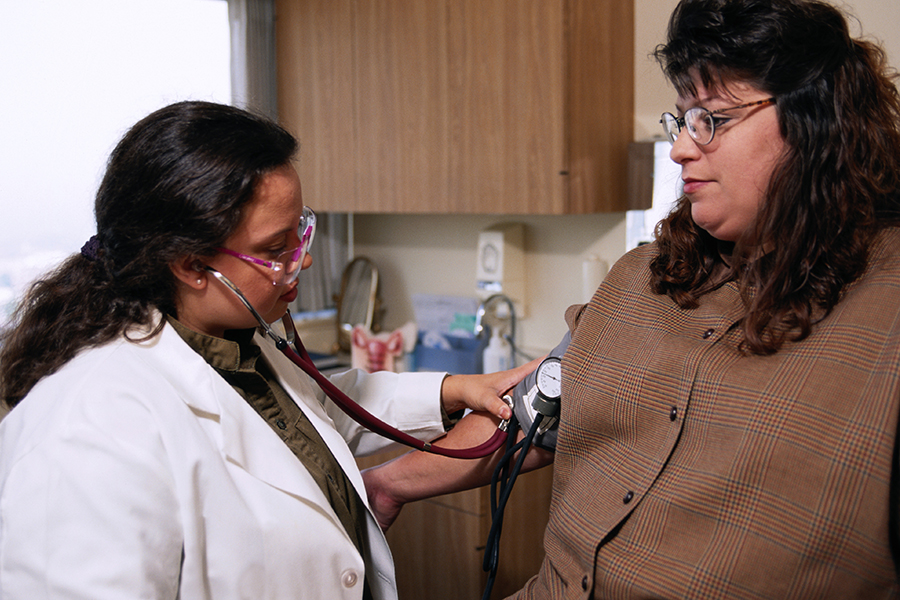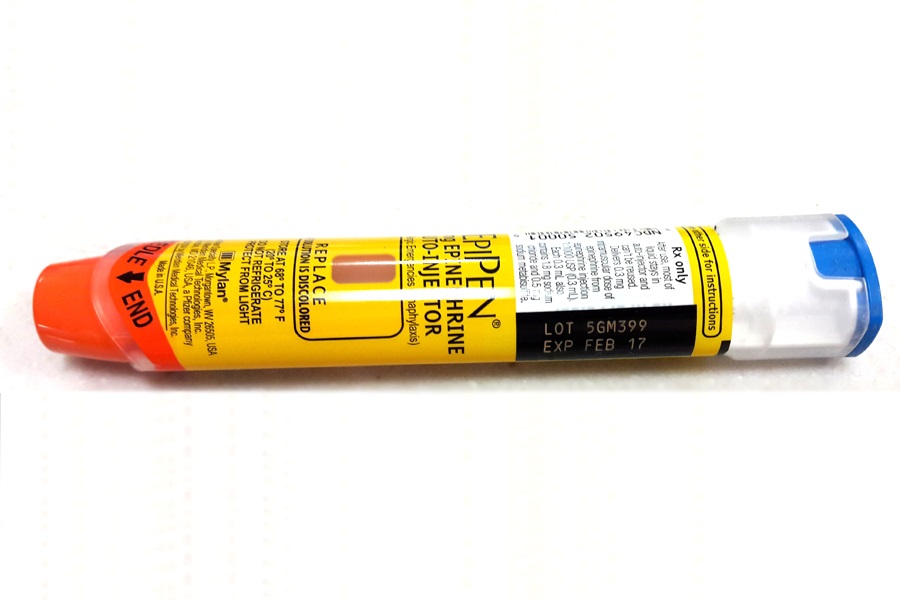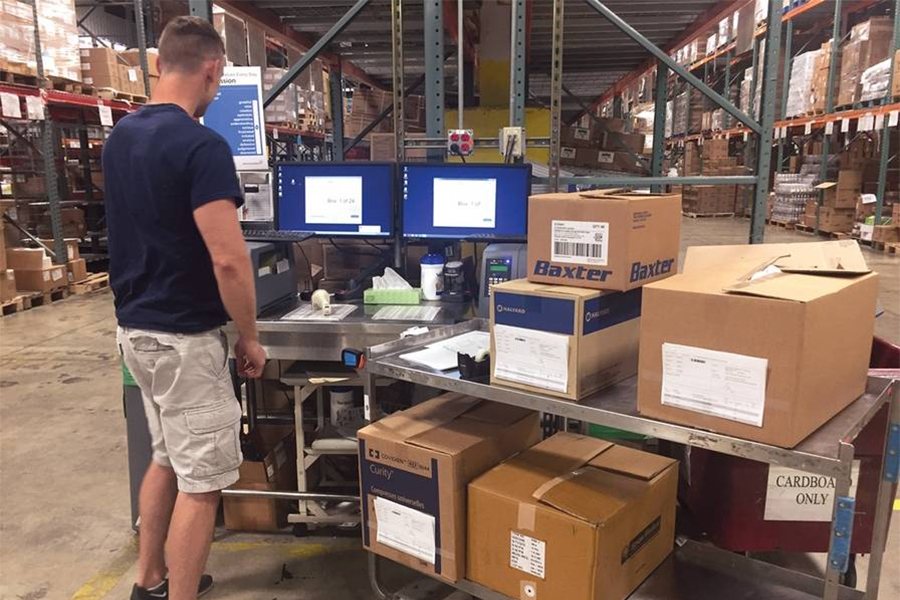By Michelle Andrews for Kaiser Health News
The woman arrived at the emergency department gasping for air, her severe emphysema causing such shortness of breath that the physician who examined her put her on a ventilator immediately to help her breathe.
The patient lived across the street from the emergency department in suburban Denver, said Dr. David Friedenson, who cared for her that day a few years ago. The facility wasn’t physically located at a hospital but was affiliated with North Suburban Medical Center several miles away.
Free-standing emergency departments have been cropping up in recent years and now number more than 500, according to the Medicare Payment Advisory Commission (MedPAC), which reports to Congress. Often touted as more convenient, less crowded alternatives to hospitals, they often attract suburban walk-in patients with good insurance whose medical problems are less acute than those who visit an emergency room located in a hospital.
If a recent MedPAC proposal is adopted, however, some providers predict that these free-standing facilities could become scarcer. Propelling the effort are concerns that MedPAC’s payment for services at these facilities is higher than it should be since the patients who visit them are sometimes not as severely injured or ill as those at on-campus facilities.
The proposal would reduce Medicare payment rates by 30 percent for some services at hospital-affiliated free-standing emergency departments that are located within 6 miles of an on-campus hospital emergency department.
“There has been a growth in free-standing emergency departments in urban areas that does not seem to be addressing any particular access need for emergency care,” said James Mathews, executive director of MedPAC. The convenience of a neighborhood emergency department may even induce demand, he said, calling it an “if you build it, they will come” effect.






